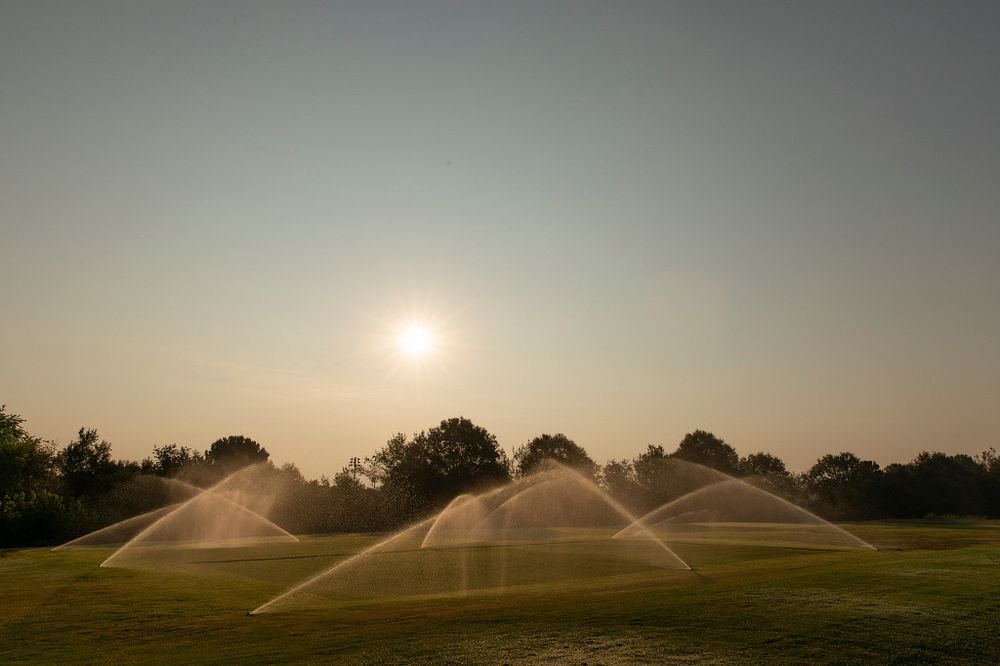By Maria M. Lameiras for CAES News
New University of Georgia (UGA) research seeks to discover whether nanobubbles can hold beneficial properties for turfgrass.
Led by soil microbiologist Mussie Habteselassie, the Georgia Department of Agriculture-sponsored study will evaluate the potential applications of nanobubble technology to control pathogens and improve plant growth, water use efficiency and soil biological health in turfgrass systems.
Using technology that generates oxygenated nanobubbles — which are roughly 2,500 times smaller than a grain of salt — researchers will apply nano-charged water to turfgrass root systems through irrigation.
Manufacturers of the nanobubble technology say the technology can improve aeration in the roots, increase water use efficiency by altering the surface tension and increasing microbial activity to improve the soil’s health.
“This technology is based on the idea of putting oxygen into these tiny, nano-scale bubbles, which have a higher surface area per unit volume and therefore are more stable in liquid than bubbles with larger sizes, such as in carbonated drinks,” said Habteselassie, a professor in the Department of Crop and Soil Sciences on the UGA Griffin campus.
Other researchers on the project include turfgrass and forage pathologist Bochra Bahri and crop and soil scientist David Jespersen, all with the College of Agricultural and Environmental Sciences.

Measuring microbial activity and disease control
Researchers will test the technology through various studies in the lab, greenhouse and field, measuring how using nanobubble technology influences water use as well as turf shoot and root growth. The study will track changes in activity, abundance and composition of beneficial soil microorganisms that play an important role in organic matter decomposition and nutrient cycling.
“What this potentially means is that, when you irrigate a field with nanobubbles, you increase the oxygen level in the root area of the turfgrass. More oxygen at the roots means better root development, increased water use efficiency, and also an increase in microbial activity. When you have increased microbial activity, there is better decomposition of organic matter and that releases nutrients and makes them more available to the plant,” Habteselassie said.
Previous laboratory studies show that, when nanobubbles burst, they create reactive oxygen species, chemicals that can oxidize and kill microbial cells. This could help to control plant pathogens that cause dollar spot and leaf spot, two costly, common fungal diseases of turfgrass.
Reducing chemicals, water use — and costs
If researchers confirm the technology’s benefits, it could lead to reduced use of pesticides, fertilizers, water and other inputs. Producers could experience reduced costs to grow sods and maintain turfgrass, while decreasing the environmental impact of land use for golf courses.
The project is funded by the Georgia Department of Agriculture under the Specialty Crop Block Grant Program and was developed in response to a request for independent testing of the technology by the Georgia Golf Course Superintendents Association.










